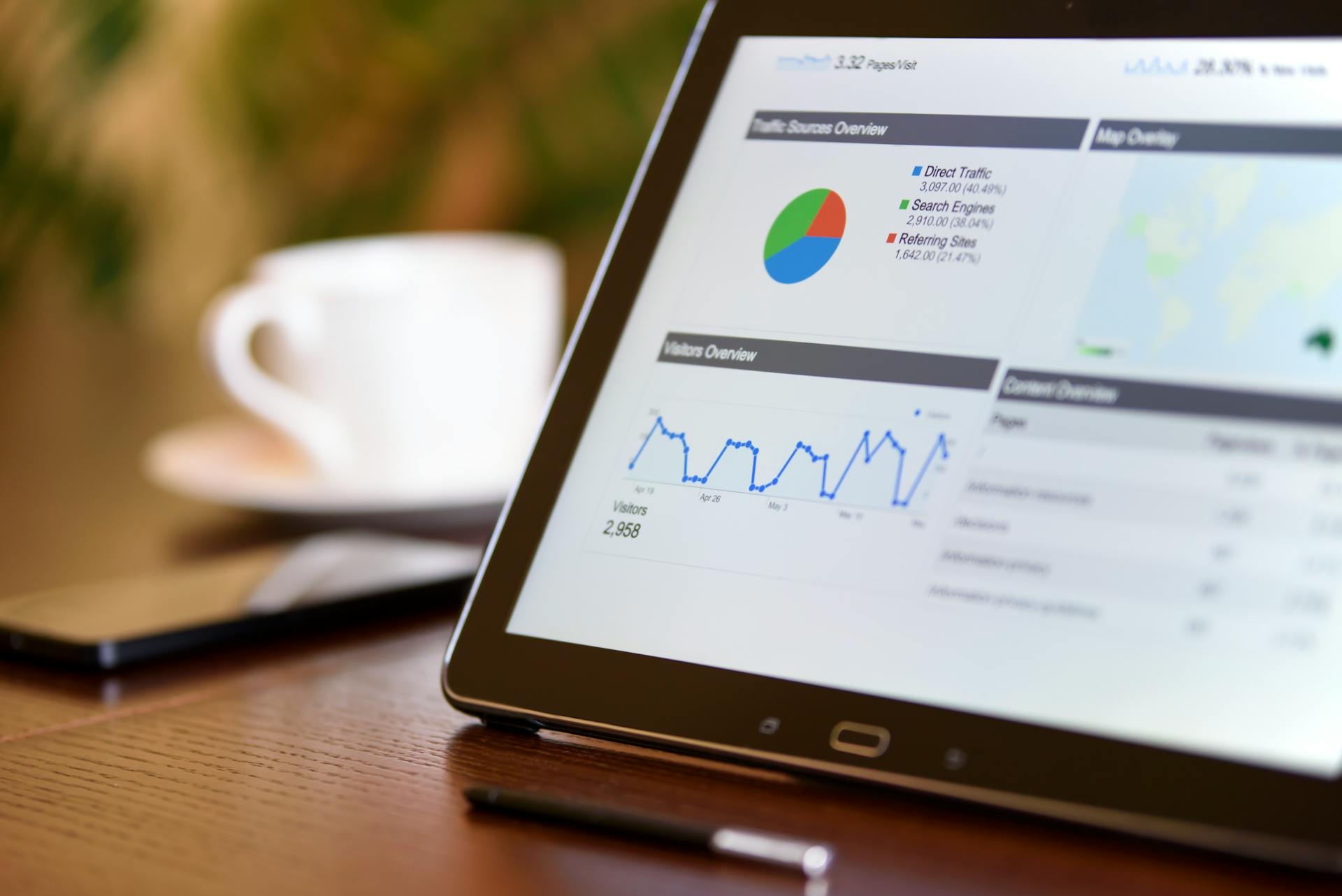How Micro-Influencers Are Changing the Game in Social Media Analytics

In today’s digital marketing climate, brands are no longer solely chasing celebrity influencers with massive followings. Instead, the focus is gradually tilting toward micro-influencers — creators with smaller but highly engaged audiences. These individuals are rewriting the rules of engagement and reshaping how success is measured online. If you’re a content creator looking to gain traction, even small strategies , such as deciding to buy 1000 tiktok views, can make a meaningful difference in visibility. But there’s more at play behind the data shift led by micro-influencers. Here are some pivotal ways they are altering the trajectory of social media analytics.
Shifting Emphasis from Reach to Engagement

Large follower counts used to be the holy grail of influencer marketing. However, micro-influencers consistently outperform their macro counterparts in terms of likes, comments, and shares per post. Analytics tools are now being refined to prioritize these deeper forms of interaction rather than just surface-level reach. Brands are tuning into this pattern — recognizing that authentic conversation carries more weight than inflated numbers. By focusing on comments that spark genuine conversations, micro-influencers encourage more meaningful engagement. Engagement rates are now among the most heavily monitored metrics, demonstrating that raw influence is no longer the leading factor — it’s the impact per follower that counts.
Rewriting Cost-Per-Conversion Expectations
In the past, marketing teams would invest huge sums in campaigns that depended on star power. But data is exposing a different truth: micro-influencers often deliver better returns on ad spend. Their audiences tend to be niche, highly interested, and more inclined to act on suggestions. As a result, analytics dashboards are shifting. Cost-per-click, cost-per-conversion, and ROI indicators are being recalibrated to reflect more realistic and effective outcomes from micro-level partnerships. It’s become clear that reach is less valuable when it doesn’t translate to meaningful action.
Highlighting Audience Quality Over Quantity
One powerful metric that’s gaining attention is audience authenticity. With so many accounts filled with inactive or fake followers, the composition of an influencer’s community is now under sharper scrutiny. Micro-influencers usually have a tight-knit circle of loyal followers, many of whom are genuinely interested in the content being posted. This makes them ideal candidates for measuring trust and brand affinity. Sophisticated analytics tools are being upgraded to assess follower demographics, behaviors, and consistency — elevating influencers who cultivate real relationships over those with hollow popularity.
Triggering New Metrics Based on User Intent

Traditional analytics have largely focused on impressions and page views. Micro-influencers are forcing a rethink, especially around user intent. Their followers don’t just view content — they act on it, whether it’s saving a post, sharing it privately, or clicking through to a brand’s site. This behavior is creating demand for new metrics. Now, marketers are looking closer at saves, DMs, story replies, and scroll-through durations. These indicators provide a more accurate picture of influence and customer journey progression — all sparked by influencers who feel relatable, rather than aspirational.
Encouraging More Authentic Campaign Structures
Micro-influencers often take more creative control, delivering content that feels genuine rather than overly polished. This has had a ripple effect in how campaign performance is tracked. Storytelling is taking the place of overly rehearsed scripts, and analytics tools are learning to follow that trend. Sentiment analysis, comment quality, and share narratives are now part of the measurement toolkit. Brands are beginning to value emotional connection as a quantifiable success factor, reinforcing that being “real” often leads to better outcomes than being “famous.”
Micro-influencers are not just a passing trend — they are steering the future of digital marketing analytics. Their influence has prompted a shift away from inflated numbers and toward more meaningful metrics that capture genuine engagement and impact. By redefining what success looks like in the social media space, they are providing both brands and smaller creators with new opportunities to thrive in a more data-driven and emotionally connected online environment.…


